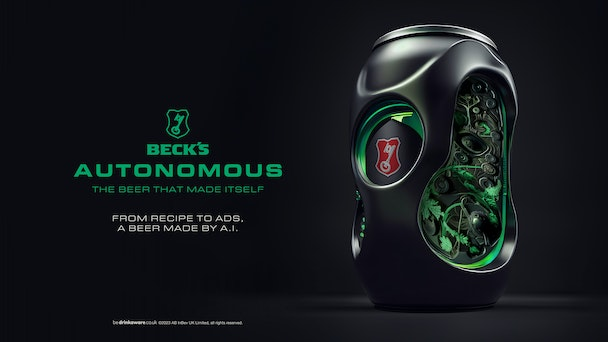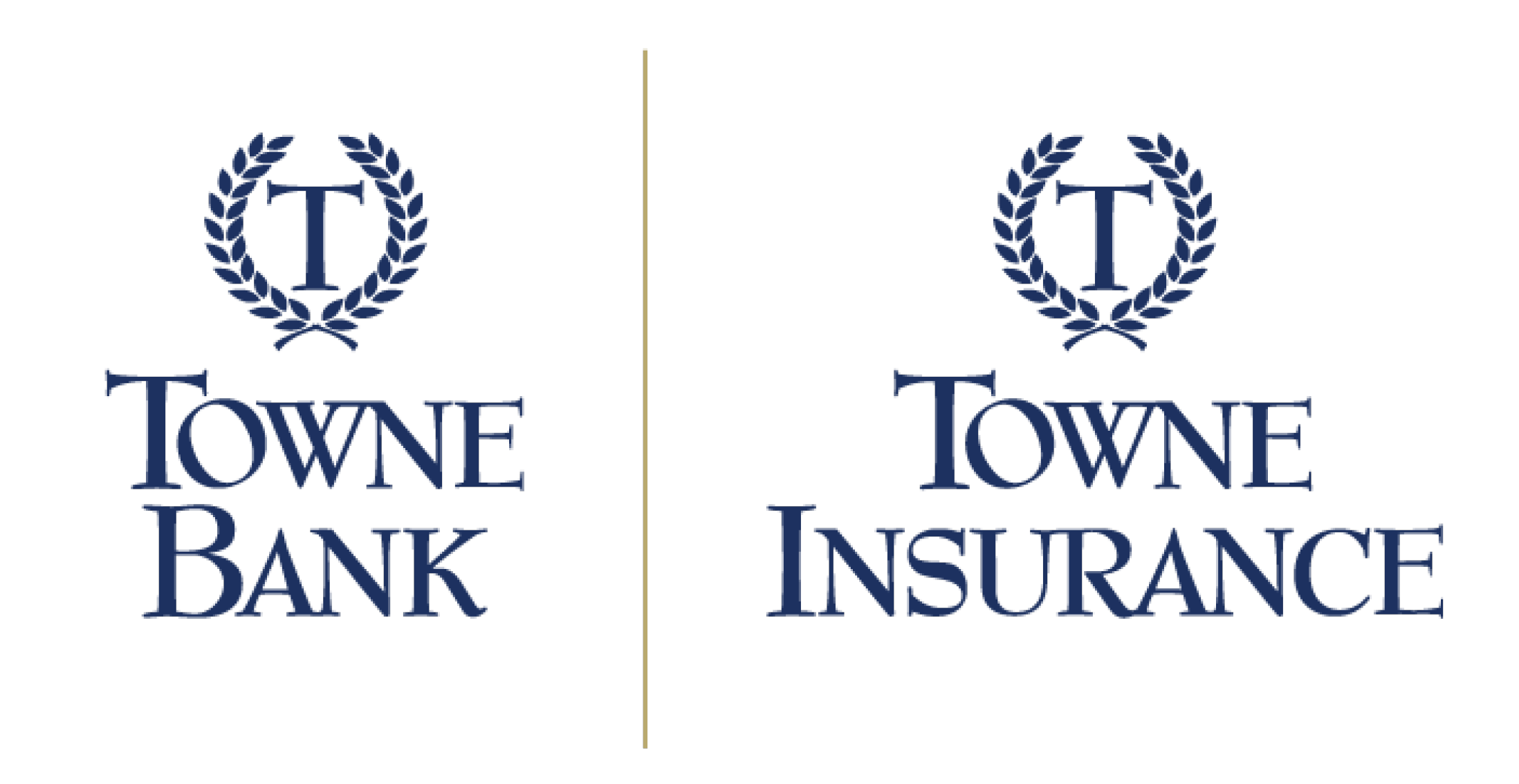Is it time for your company to jump onboard with Artificial Intelligence full force? What about for marketing specifically? We will explore these questions.
Ready or not, Artificial Intelligence (AI) is here. Global private investment in AI totaled $92 billion in 2022, with $47.5 billion coming from the U.S. alone. This is actually a decrease from $94 billion and $53 billion in 2021 [1]. Still, the five-year trend shows a huge gain. AI algorithms are increasing exponentially and it will continue to become more prevalent in our society.
Is it time for your company to jump onboard full force? What about for marketing specifically? We will explore those questions. First, let’s look at where current adoption rates stand.
A 2022 study by Statista revealed the following AI adoption rates across all industries:
Human Resource Departments: 11%
Manufacturing: 8%
Marketing and Sales: 5%
Product Service/Development: 10%
Risk Assessment: 19%
Service Operations: 19%
Strategy & Corporate Finance: 21%
Supply Chain Management: 9%
[2]
It is noteworthy that “Marketing and Sales” has the lowest adoption rate of all sectors. While AI can improve efficincies in sectors with rigid, unchanging templates to draw from, marketing presents an entirely different set of challenges. Marketing combines science and art in such a personalized way in accordance with specific goals, that it still requires human intelligence to do it well. Furthermore, marketing is ever-evolving and necessitates a flexibility that cannot be so easily reduced to formulaic programming. Even when AI is used in marketing, it is typically used as a data gathering tool that a human marketer with expertise still needs to leverage.
An AI Based Marketing Program
Can AI run its own marketing campaign from start to finish? Beck’s beer attempted to answer this question. They used ChatGPT and Midjourney to create a new limited edition beer. Then they used the AI to design the beer can, the marketing, and a micro-site. The finished product is pretty impressive. 450 cans were released as part of Beck’s 150 year anniversary.
Here is what Beck’s marketing director, Laura Salway, had to say about it: “When you see most brands celebrate birthdays, they tend to look back and it becomes very nostalgic around what you’ve done in the past, but as a brand, we have always pushed ourselves to be first and to pioneer.” She went on to state, “When you talk to people in the industry, and especially younger consumers, there is this view that artificial intelligence is the hot topic. So, we see it at scale having real consumer relevance [3].”
Did you catch that? The company predetermined to use AI in order to capitalize on it being a “hot topic.” This wasn’t based on creating a superior recipe and campaign, nor about being more efficient and cost effective. Essentially, using AI was the end goal, rather than the means to the ends.
In keeping with the theme, Beck’s has downplayed the involvement of humans in the campaign. We are told the only human interaction was from the teams who looked at the responses. However, didn’t humans also plug in the targeted criteria on the front end? We can only imagine how many iterations and inputs and tweaking and design options were produced before leading to the final product. Why were multiple “teams” of people involved at all if AI truly did the whole thing on its own? While it is not glamorous to talk about the human involvement in a project marketed as 100% AI generated, it would seem there was more good old fashioned flesh-and-bone human participation going on behind the scenes than what we read about in the headlines.
AI Blunders
The above example is largely an AI success story. However, things don’t always go so smoothly when implementing AI systems. Highly visible blunders, such as Tesla’s autonomous car wrecks, Google’s racist chatbot, Tay, and Zillow’s costly algorithm errors are well-known. Many incidents of plagiarism from AI have also been reported.
One of the lesser known examples clearly illustrates the limitations of AI. There was a deep convolutional neural network that was trained to detect wolves, even distinguishing them from dogs. It seemed to work well until it classified a husky in the snow as a wolf. Of course, huskies do have a similar appearance, so was it simply an identification error? Nope. It turns out the system was not classifying wolves based on features, but by the presence of snow. All of the training photos it saw of wolves had snow in the background, and none of the training photos of dogs had snow. As a result, hilariously, the AI system simply learned to identify snow and classify the result as a wolf [4]. This is a good example of the kind of aberrant outcome you could get from AI that a person might not anticipate.
Ciniva’s Recommendations for Using AI
So what’s the lesson? Is there room for AI in a marketing strategy? The marketers I know that use AI successfully recognize it as a tool and not as an employee replacement. It can be a good resource for research, brainstorming, or assisting with code writing. However, it is vital to position your subject matter expert on both ends–to plug in very detailed and specific input, and to receive and use the output properly. It is like giving a man with a screwdriver an electric drill; it’s going to assist him in getting the job done, but he still needs to do the job.
At Ciniva, we stay up to date on the latest technological advancements, including AI. We monitor industry trends and always look for opportunities to improve or expand the services we offer our clients. As technology evolves, AI will be even more heavily in the mix in the future. For now, we recommend proceeding with caution. Current forms of AI are best used for targeted purposes with real human oversight. This is especially true when it comes to your customer service and marketing. We would love to discuss your marketing strategy, so give us a call or drop us a line any time. We promise to respond with a real human being–not an AI chatbot!
Sources:
- AI Index Report 2023 – Artificial Intelligence Index (stanford.edu)
- AI adoption by industry/function in global organizations 2022 | Statista
- The Drum | Beck’s Uses AI To Create, And Advertise, A New Beer In Experiment For Future Use Cases
When AI Fails, the Results Are Sometimes Amusing. Sometimes Not. | Mind Matters





























